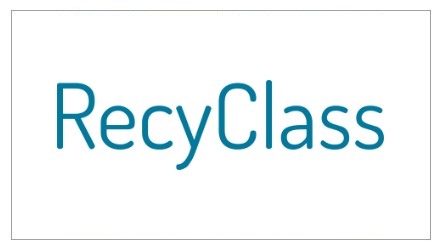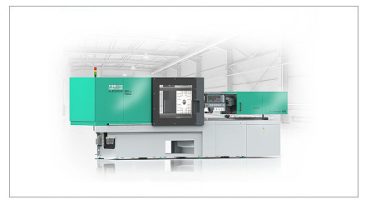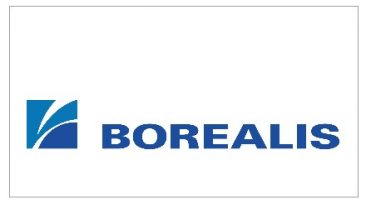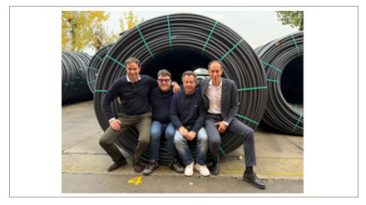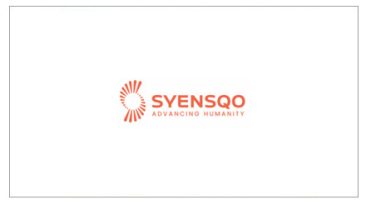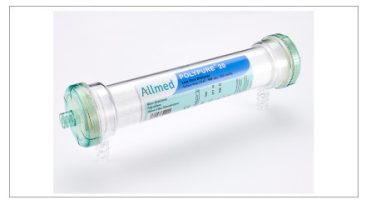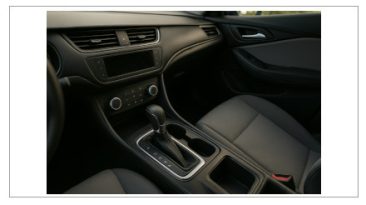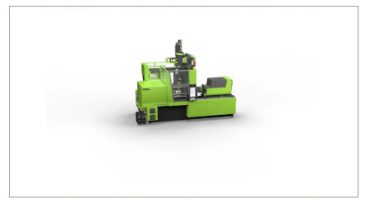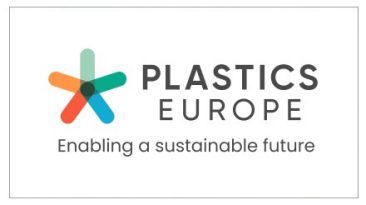RecyClass Publishes Sorting Protocol for Plastic Packaging
‘Sorting Evaluation Protocol for Plastic Packaging’[1] is a Standard Practice that is geared at evaluating the behaviour of a plastic product during the sorting process in Europe. Destined to any company that would like to analyse the sortability of its innovative packaging, in line with design for recycling principles.
“A holistic approach to recyclability is necessary if we are to make it happen in Europe by 2030”, said Vincent Mooij, Director at SUEZ.circpack®. Martine Brandsma, Director of NTCP added: “The ‘Sorting Protocol for Plastic Packaging’ complements the Recyclability Evaluation Protocols”, she continued “Sharing and implementing best practices and standards in the collection and sorting as well as harmonising them across Europe must follow now if we are to move the needle on design for recycling further.”
With that purpose in mind, RecyClass developed together with SUEZ.circpack® and NTCP a standardised protocol that evaluates at an industrial scale sorting behaviour of plastic packaging for the following recycling streams: PE flexibles, PP flexibles, PET bottles, PET trays, PP rigids, HDPE rigids, PS rigids. It aims to recognize any design issues that may prevent the detectability of a specific product leading to it ending up in a different stream due to, for example, a large label or a sleeve which are made of a different polymer than the main body of the product. What makes the ‘RecyClass Sorting Protocol for Plastic Packaging’ document comprehensive, is that it includes all the steps involved in the collection, transportation, and sorting, starting with the packaging waste compaction and ending with the Near-Infrared detection step. This all-inclusive approach is indispensable in evaluating properly the sorting behaviour of packaging.
The Sorting Protocol provides a testing methodology with detailed procedures and sampling methods. To assess the feasibility and operational aspects of the protocol trials were carried out at Suez sorting lines and NTCP Test Centre.
Any company interested in a third-party analysis of the sortability of its innovative packaging to identify possible sorting issues, can contact RecyClass to receive more details about the process.
Furthermore, RecyClass is looking forward to collaborate with other sorting centres from across Europe. Any interested organization can apply to become an accredited sorting facility.
[1] RecyClass Sorting Protocol for Plastic Packaging
[2] Recyclability definition according to APR and Plastics Recyclers Europe


